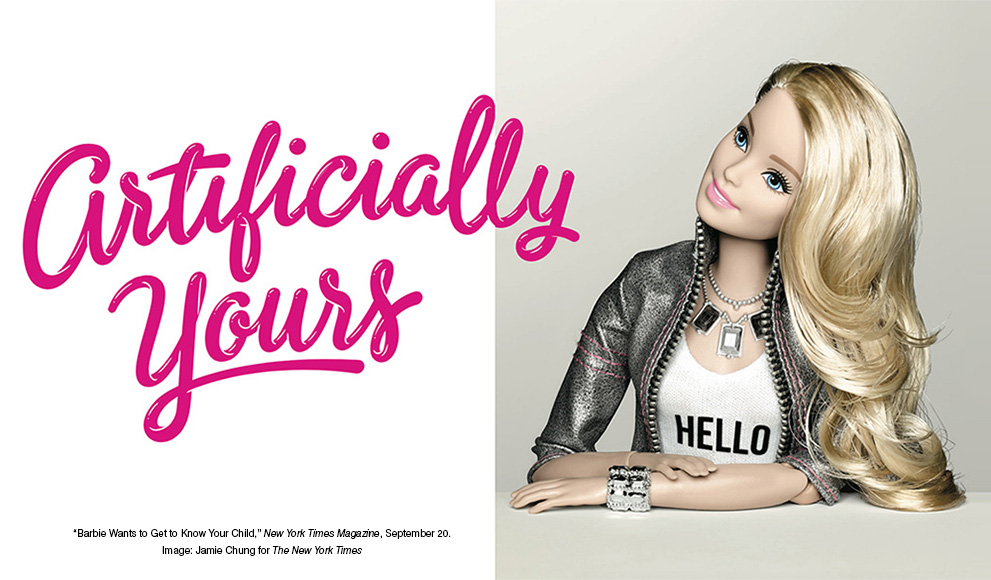When I first heard about Barbie’s with Artificial Intelligence (AI), I was not sure whether to be celebrating a cool new application of AI or to be concerned. Several questions arose in my head: What kind of things will barbie say or not say? Who is allowed to program the AI? Is there even legislation in place to guide the development of AI in toys for children?
Many institutions and organizations focus on these questions on the ethical considerations in designing technology. For instance, The Center for Humane Technology originates from design ethicist at the biggest tech firms in Silicon Valley, wanting to make a change for the better. They raise concerning points on how technology has shaped our society in negative ways; companies like Facebook successfully manage to fight for a consumers screen time by creating addictive features like scrolling through content, exposure to social media sometimes creates unrealistic expectations and harms self-image, and some primary school children measure their friendship in Snapchat streaks.
Another example of an institution that focuses on technology’s role in society here in the Netherlands is Waag Society. They organize Hack-a-thons to allow people from multiple backgrounds to come together and think about matters such as the application of AI in society, and how we should shape these in the most beneficial way. You can find interesting perspectives and discussions on their website, such as articles in which they propose to create a few key ‘design principles’ for these emerging applications of technology for children’s toys, to safeguard ethical principles in design and programming whilst legislation may still lag behind.
A third example I would like to share with you is the Next Nature Network, a network of people that uses science, art and education to discuss how we can find new ways to live together with technology. They have interesting publications and events to explore “how to dream, build and live in the next nature”.
Personally, I think that it is good to keep raising questions when you’re involved with new applications of technology, especially now the BIM program gives us the knowledge, tools and frameworks to be shapers and facilitators of these technological transformations.
And what about Barbie? A committee designing the toy has decided on her personality, what she will value and how she will respond. I wonder what her personality is like. If you’re curious, you can see the “Hello Barbie” talk here.
What do you think of a Barbie with AI? Would you buy it for your kids in the future? At the moment, I don’t think I will. But then again, that’s what most people said about the mobile phone in 1999 too.

